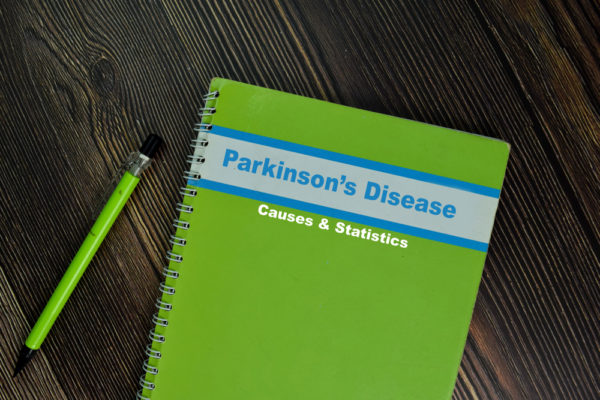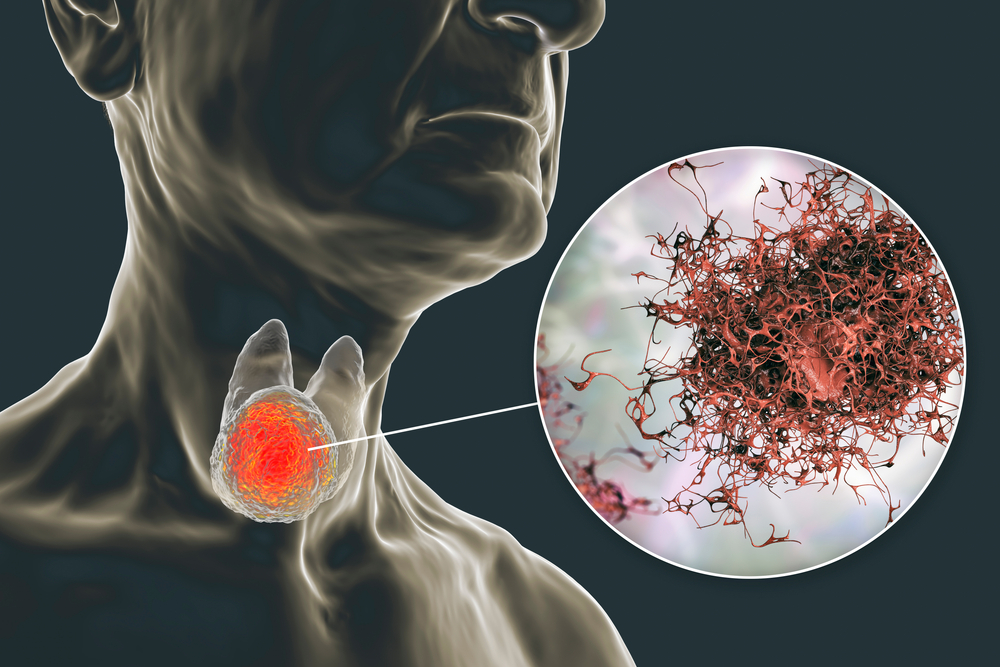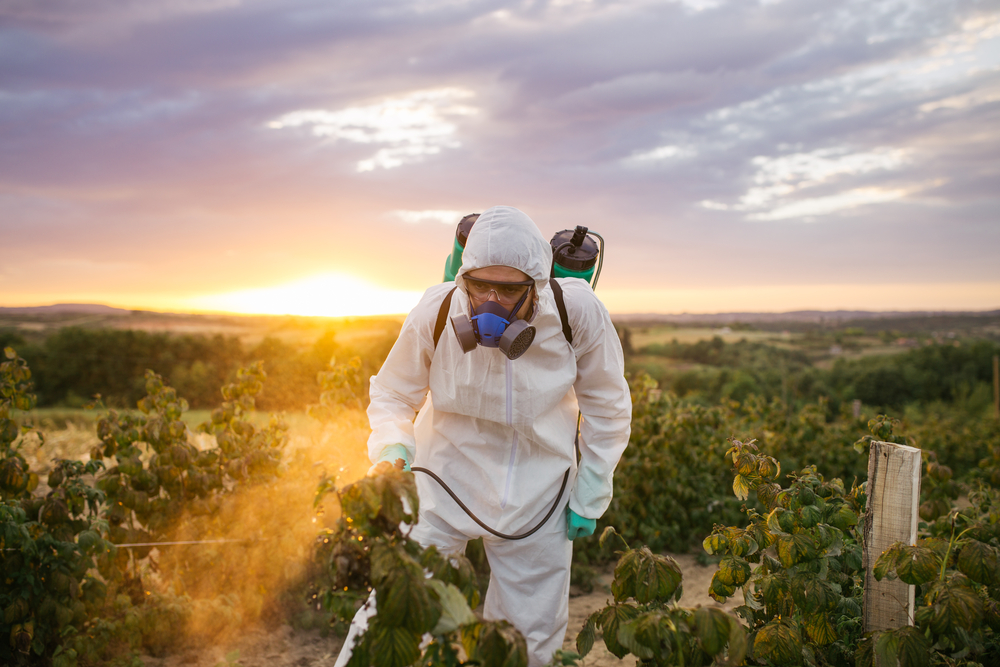The Paraquat & Parkinson’s Disease Connection
Paraquat is one of the most effective weed killers on the market. It easily destroys plants and grasses resistant to Roundup, another popular herbicide, making paraquat popular with farmers, agricultural workers, and ranchers. Paraquat is also more affordable than its competitors, so it’s no wonder that U.S. farmworkers use more than eight million pounds every year on crops like cotton, soy, and corn.
While Paraquat has its benefits, it’s also deadly to more than just plants. The herbicide is banned in more than 30 countries worldwide, including China. The European Union banned paraquat in 2007 after Sweden, Denmark, Austria, and Finland all voiced concerns about its safety.

While only available for industrial use in the U.S., workers who apply paraquat are at high risk of exposure. One sip is enough to kill, and inhalation can cause lung damage, respiratory failure, and difficulty breathing. It has recently been linked to Parkinson’s disease; many farmers who worked with paraquat decades ago are now showing troubling symptoms.
Efficacy of Paraquat
Gramoxone, a top brand name for paraquat, hit the market in the 1960s. Its chemical makeup makes it a swift, highly rain-resistant weed killer that works within hours of application. Paraquat’s toxicity is not a secret. A Japanese serial killer even used it to murder 12 people in the 1980s. It’s a common method of suicide in poorer countries, but accidental ingestion also kills people every year. There’s no antidote to paraquat, so the chances of survival for someone who drinks it are dire. Despite its widely documented lethality, paraquat manufacturers have maintained that it’s safe to use if done according to the label. But the detrimental effects of long-term exposure, even with proper use, are becoming increasingly apparent.
Parkinson’s Disease
 Parkinson’s disease is a movement disorder caused by nerve cell damage found in more than 10 million people worldwide. In its early stages, Parkinson’s side effects are usually mild. A patient might experience tremors on one side of the body or slight changes in facial expressions. But Parkinson’s is a progressive disease, which means that it gets worse over time. In some cases, patients will need wheelchairs or be bedridden and unable to move due to muscle stiffness. They might need around-the-clock care and can even suffer from Parkinson’s disease psychosis, a severe side effect that causes hallucinations and delusions. Although medication can help treat side effects, there is no cure.
Parkinson’s disease is a movement disorder caused by nerve cell damage found in more than 10 million people worldwide. In its early stages, Parkinson’s side effects are usually mild. A patient might experience tremors on one side of the body or slight changes in facial expressions. But Parkinson’s is a progressive disease, which means that it gets worse over time. In some cases, patients will need wheelchairs or be bedridden and unable to move due to muscle stiffness. They might need around-the-clock care and can even suffer from Parkinson’s disease psychosis, a severe side effect that causes hallucinations and delusions. Although medication can help treat side effects, there is no cure.
The exponentially severe physical side effects of Parkinson’s disease can increase the risk of depression and anxiety. The rapid deterioration involved can be challenging for patients to process, and at least half experience emotional distress. Some people living with Parkinson’s disease must give up their careers and even independence because it is so debilitating. Research into causality and a cure for Parkinson’s is ongoing, and many scientists have identified some potential triggers.
Parkinson’s and Paraquat
Does paraquat cause Parkinson’s disease? This question has long been a subject of debate. In 2019, the Environmental Protection Agency (EPA) said it couldn’t directly link the herbicide to Parkinson’s disease. The agency found “insufficient evidence to link registered paraquat products to any of the health outcomes investigated, including Parkinson’s disease, when used according to the label,” according to a summary posted on their website. Still, other data suggest that a correlation does exist. A study published in February 2021 in the Toxicological Sciences journal found that when mice inhale paraquat, it enters the brain and affects their sense of smell.
Another study from the National Institute of Environmental Health Sciences found that people exposed to paraquat were 2.5 times more likely to develop Parkinson’s disease. Research by the Agricultural Health Study found a 200 percent increase in risk for Parkinson’s in people who mixed or applied paraquat. Someone in the beginning stages of Parkinson’s disease may not even know what’s wrong with them, much less that it’s linked to their paraquat exposure. It can take decades after the exposure for the herbicide’s side effects to kick in.
Despite this worrying evidence, the EPA has made no move toward a nationwide ban. The Michael J. Fox Foundation for Parkinson’s Research and other organizations have repeatedly urged the EPA to do so because of the link to Parkinson’s, but to no avail. One obvious motivator is the affordability for farmers. A similar movement to ban paraquat in Australia, and researchers found that this action could cost farmers hundreds of thousands of dollars every year.
The EPA has expressed awareness of the risks associated with paraquat. Paraquat applicators must complete a training program covering the chemical’s safety rules, including proper storage and required personal protective equipment. The agency also proposed new safety measures like prohibiting aerial application, with some exceptions, in October 2020.
Legal Options for Paraquat-Exposed Parkinson’s Patients
Parkinson’s-related expenses cost patients and families billions of dollars every year. Victims are faced with lost wages, steep medical bills, and both physical and emotional anguish. Parkinson’s isn’t entirely preventable, but the increased risk caused by paraquat exposure certainly is.
 Many are filing suit against Syngenta, the world’s foremost paraquat manufacturer, claiming they or their loved ones developed Parkinson’s after exposure. More than 150 Parkinson’s-related paraquat cases are pending in state and federal courts. In early June 2021, a U.S. judicial panel ordered that all Paraquat lawsuits be consolidated into the U.S. District Court for the Southern District of Illinois for pretrial proceedings under MDL No. 3004. MDL (multi-district litigation). A jury trial is set for November 2022.
Many are filing suit against Syngenta, the world’s foremost paraquat manufacturer, claiming they or their loved ones developed Parkinson’s after exposure. More than 150 Parkinson’s-related paraquat cases are pending in state and federal courts. In early June 2021, a U.S. judicial panel ordered that all Paraquat lawsuits be consolidated into the U.S. District Court for the Southern District of Illinois for pretrial proceedings under MDL No. 3004. MDL (multi-district litigation). A jury trial is set for November 2022.
Pursuing legal action against the makers of paraquat won’t fix the harm caused by Parkinson’s disease. Still, it can hold them accountable for withholding the full scope of its risks from agricultural workers. It can also help ease the financial burden that comes with this severe neurological disorder. Recovered damages can cover medical expenses, pain and suffering, and loss of wages, independence, and quality of life.




















